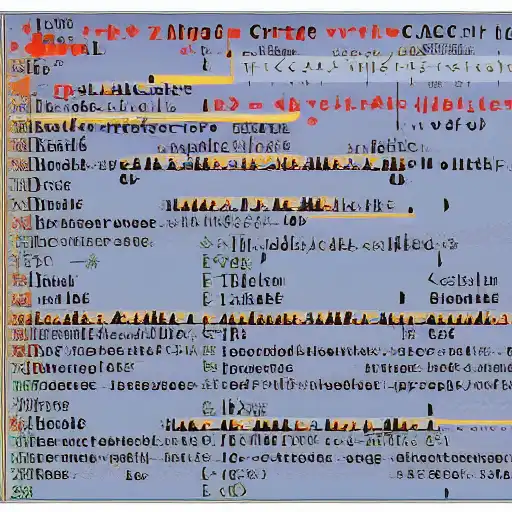
September 27th, 2023
Welcome to the twenty-sixth installment of our exploration of advanced topics in Zig. In this installment, we have the freedom to choose an advanced topic to delve into, and today, we'll focus on Creating Domain-Specific Languages (DSLs) in Zig.
Creating Domain-Specific Languages (DSLs) in Zig
A Domain-Specific Language (DSL) is a programming language or specification language dedicated to a particular problem domain, a particular problem representation technique, and/or a particular solution technique. DSLs are designed to be highly expressive and efficient for a specific set of tasks within a limited domain. Zig's metaprogramming capabilities, powerful type system, and low-level control make it well-suited for creating DSLs tailored to your specific needs.
DSLs for Configuration
DSLs can be used to define configurations for complex systems. Instead of using traditional configuration file formats, you can create a DSL in Zig that allows users to specify configurations in a more readable and expressive way.
Here's an example of a simple DSL for configuring a web server:
const std = @import("std");
const ServerConfig = struct {
port: u16,
host: []const u8,
};
fn parseServerConfig(source: []const u8) ServerConfig {
const lexer = std.json.parse.Lexer.init(source);
var port: u16 = undefined;
var host: []const u8 = undefined;
while (try lexer.next()) |token| {
switch (token) {
.String => host = try lexer.readString(),
.Number => port = try lexer.readNumber(u16),
_ => {
const error = "Invalid configuration format";
std.debug.print("{}\n", .{error});
std.debug.flush();
std.os.exit(1);
},
}
}
return ServerConfig{ .port = port, .host = host };
}
In this example, we've created a DSL that parses a configuration written in a JSON-like format and extracts the server's port and host.
DSLs for Code Generation
DSLs can be used to generate code for specific tasks or platforms. For instance, you can create a DSL that defines hardware register configurations for embedded systems. This DSL can then generate C code that sets up and initializes hardware registers according to your specifications.
DSLs for Game Design
In game development, designers often need to define game levels, characters, and behaviors. Creating a DSL tailored to your game's design can provide designers with a more intuitive and efficient way to describe game elements.
Here's a simplified example of a DSL for defining game levels:
const std = @import("std");
const Level = struct {
name: []const u8,
background: []const u8,
entities: []Entity,
};
const Entity = struct {
type: []const u8,
x: f32,
y: f32,
};
fn parseLevel(source: []const u8) Level {
// Parse the DSL and generate game level data.
// ...
}
In this example, the DSL allows game designers to specify game levels with background images and entities (e.g., characters, obstacles) and their positions.
DSLs for Data Transformation
DSLs can be used to define data transformation and processing pipelines. For example, you can create a DSL that describes how to transform data from one format to another, making it easier to handle data integration and transformation tasks.
Conclusion
Creating domain-specific languages in Zig allows you to design highly expressive and efficient languages tailored to specific tasks and problem domains. Zig's metaprogramming features, along with its low-level capabilities, provide you with the tools to implement DSLs that are both powerful and efficient.
When designing DSLs in Zig, it's essential to strike a balance between expressiveness and ease of use. The goal is to make the DSLs intuitive for their intended users while providing the desired level of abstraction and functionality.
Thank you for joining us in this exploration of creating domain-specific languages in Zig. We hope this installment has inspired you to consider how DSLs can simplify and enhance your programming tasks in Zig. Happy coding, and may your DSLs empower you to tackle complex problems with elegance and precision!